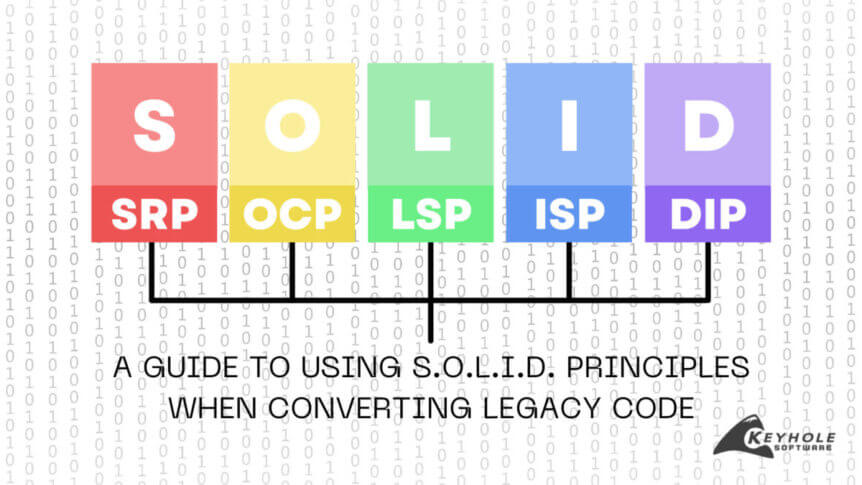In the past couple of years, webpack has come a long way. It continues to rapidly evolve and revolutionize the way we bundle JavaScript and more. For some of us that have been doing development for more than a few years, seeing an amazing tool like webpack and all of its abilities is mind-blowing. If only it had come into existence a bit sooner…
If you’re like me, you may have stumbled across webpack, hearing about its gazillion configuration options, along with a bunch of plugins, numerous ways to optimize your bundle, and more. So much that it all makes your head spin and you begin to feel overwhelmed as you attempt to make sense of it. That’s honestly how my journey began with Webpack.
My first exposure to it…Ejecting the webpack.config.js file from an AngularCLI project just to see what the all the hype was about and to see what I had been missing out on the past few years. After getting past the initial shock of the number of lines of code and the seemingly large structure (how I felt after my first few glances, having to shield my eyes and take a few deep breaths), I started to see many of the benefits. This continued as I read through the webpack documentation, various blogs, and StackOverflow (every developer’s most-accessed site) and as I began trying out a variety of configurations for some actual projects.
As I discovered, webpack can be used with zero config or configured literally in 8,675,309 ways, plus or minus a handful. And there about just as many blogs that cover all of the variations and flavors.
In this post, however, the goal is to highlight some tips & tricks along with features I’ve found to be particularly useful and reasons why you should be using webpack – if you haven’t already started…














